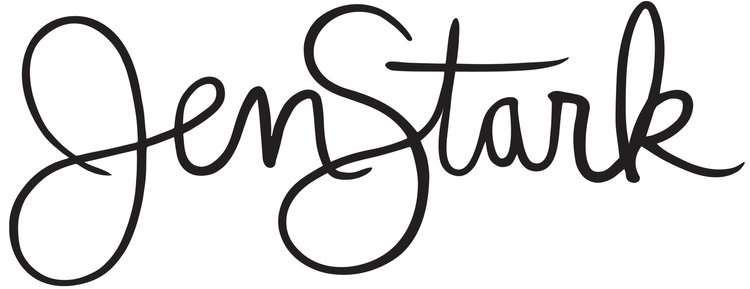The New York Times Magazine posted a photo of my new public art billboard on their blog. It is a full city project organized through Art City "Way Out West".

In San Francisco, where tensions between established artist communities and Silicon Valley continue to rise, Luke Groesbeck, a former tech worker and the founder of the fledgling public art organization Art City, wants to help his hometown reinvest in the former. “This is a city with a major arts and cultural legacy,” he says. “How do we honor that? Then an idea came up and I got fixated on it: What happens when you turn an entire city into a gallery? Is it possible?”
From now until Aug. 17, San Franciscans will get to find out. As part of Art City’s Way Out West project, Groesbeck, along with his crew of curators and organizers, worked with advertising companies and the local creative community to coordinate his organization’s pilot urban art takeover. Eleven billboards, four buses and three transit shelters in the Mission District are being resurfaced with works from 20 artists, many of whom have long-running involvements in San Francisco’s street art scene. These include the graffiti artist Apex, whose works live on building walls near major streets like Valencia, and members of the Mission School movement like Chris Johanson and Alicia McCarthy, who began collecting praise in the ’90s for their Sol LeWitt-like installations of busy, ribboned color.
The project isn’t just about the pieces themselves. It’s also about what they’ll replace: advertising. “Today, San Francisco has about 7,500 ad spaces, which reach tens of millions of people in a given month,” Groesbeck explains. “We’re doing this to illustrate a different possible future, where in each neighborhood we’re instead surrounded by art and contemporary art plays a major role in our lives.”
The subject of art versus commerce is a timely one in the Bay Area, especially in the once-gritty, rapidly gentrifying Mission. “Artists, musicians and other creatives that make San Francisco what it is are being pushed out,” says Brett Amory, an internationally exhibited artist and local resident who is also participating in the project. “The Mission District is one of the areas getting hit hardest by this change. It’s a very appropriate place to have art by local artists displayed, as a reminder of what the city is really made of.”
Groesbeck, for his part, thinks the project will help San Francisco remember its roots. “I think this is a way to do something positive,” he says, “and hopefully, give back to the city.”
